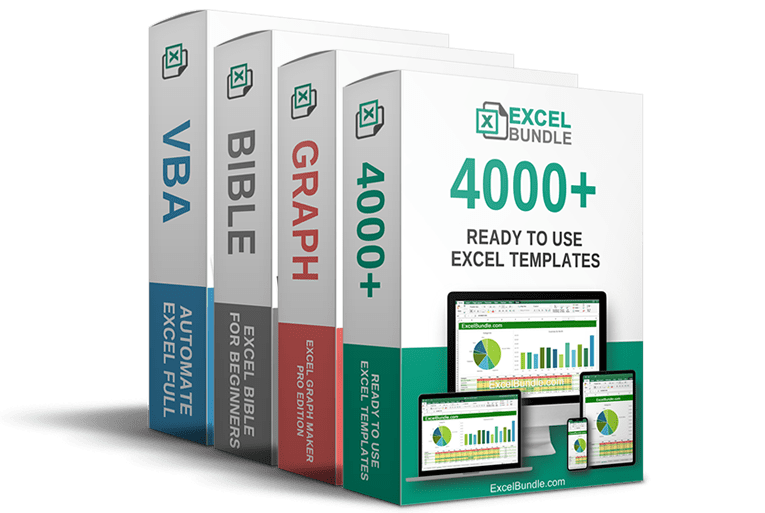50% OFF – Offer valid only today: , ,

Working with complex Excel sheets can sometimes feel like maneuvering through a labyrinth of cells. It's easy to lose track of how one cell depends on another. That's where Excel's built-in "Trace Dependents" and "Trace Precedents" features come to your rescue! This article will guide you through quickly tracing cell dependencies in Excel, helping you understand your data better and making troubleshooting way more comfortable.
What exactly are cell dependencies in Excel? They come into the picture when the value of one cell relies on the value of another cell or group of cells. A cell that provides data to a formula in another cell is known as a precedent. A cell that contains a formula relying on another cell is called a dependent. Tracing these relationships helps maintain data integrity and prevents errors in complex worksheets.
Begin by selecting the cell for which you want to inspect the dependencies. Then, navigate to the "Formulas" tab on the ribbon menu, locate and click on the "Formula Auditing" group. Here, you have two options to choose from: "Trace Precedents" and "Trace Dependents."
If you choose "Trace Precedents," Excel shows you all the cells directly or indirectly altering your selected cell's value. Arrows will appear pointing from the precedent cells towards your selected cell.
Apply the "Trace Dependents" tool, and Excel reveals a chain of cells that are affected by the value of your selected cell. This time, the arrows will extend from your selected cell towards the dependent cells. Utilizing this feature, you can immediately spot where your data inputs end up influencing the resulting calculations.
Did you know Excel differentiates between different worksheets and workbooks? Yes, you read it right! If a precedent or dependent is on a different sheet, a worksheet icon appears instead of a cell. If the cell is located in a different workbook, a workbook icon is presented.
You can remove the arrows by pressing the "Remove Arrows" button in the "Formula Auditing" group. To remove only some arrows, use the "Remove Precedent Arrows" or "Remove Dependent Arrows" option. This clears up the display and allows you to focus on specific relations one at a time.
Another time-saving strategy is to use ExcelBundle's ready-made templates — they come with well-defined and coherent formulas, giving you a brilliant starting point to work on your projects. These templates also reduce the likelihood of entering wrong precedents and dependents, saving you the hassle of tracing cell dependencies in the first place! Remember, a pristine initial structure leads to lesser troubleshooting down the line.
Dealing with Excel spreadsheets might seem intimidating, especially when you're handling vast and complex data. However, features like "Trace Precedents" and "Trace Dependents" are designed to make your task easier. Practice using these options, and before you know it, you'll be navigating your way swiftly through your data labyrinth!
Excel is without a doubt one of the best tools on the market for working with analytical, graphical, numerical, and mathematical data. However, using it isn’t always easy—especially if you don’t have much experience and need to create reports and spreadsheets from scratch.
That’s exactly why we’ve put together this incredible, all-in-one package of ready-to-use, fully editable Excel spreadsheet templates. With it, you’ll always have a reliable starting point for your projects.
You’ll get over 4,000 ready-made and fully editable Excel templates covering a wide range of topics and industries—so you’ll always have the exact template you need, ready to use whenever you need it.






*Offer valid for a limited time.
You might have missed this opportunity!

